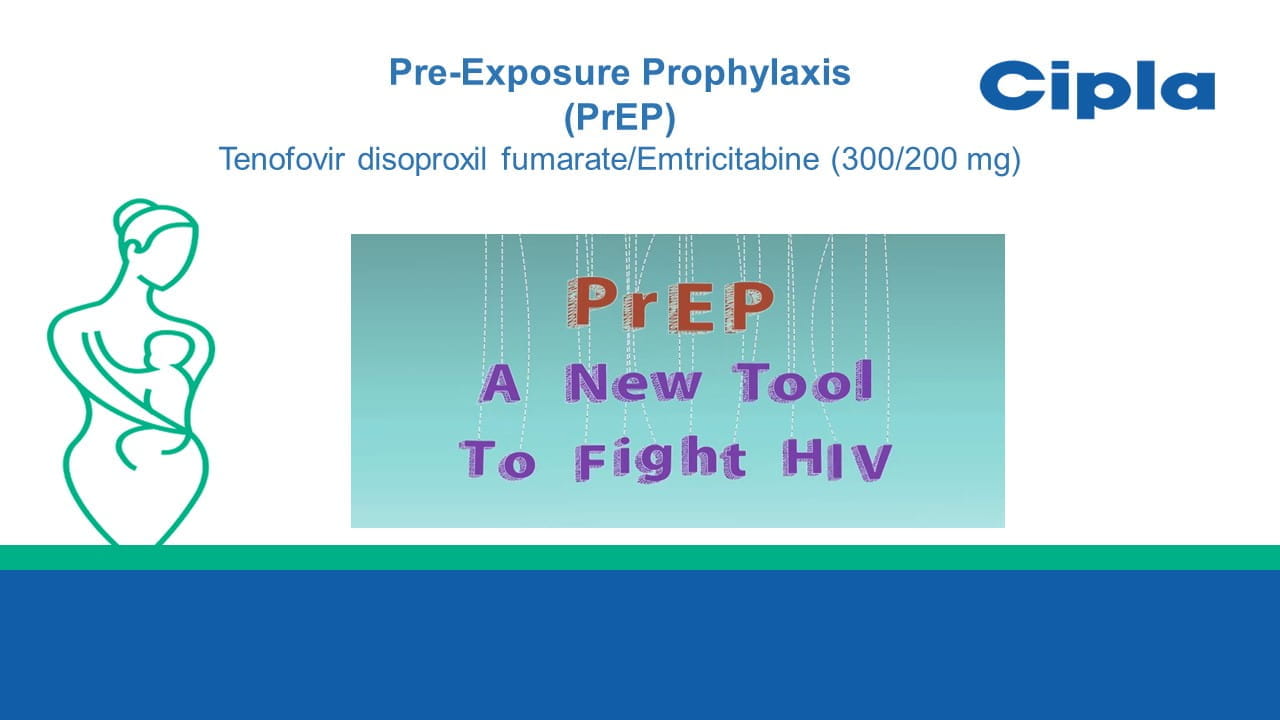AIDS 2024: The HIV-1 Tat-Based Therapeutic Vaccine to Intensify or Replace Antiretroviral Therapy: Results of Extended Follow-up of Phase-II Clinical Trials in Italy and South Africa
Speaker: Barbara Ensoli
The Tat vaccine, a promising tool in the fight against Human Immunodeficiency Virus (HIV), has the potential to not just enhance but potentially replace combination antiretroviral therapy (CART) in HIV-infected individuals. The study shows that the vaccine induces long-lasting anti-Tat immunity, increases Cluster of Differentiation 4 (CD4+) T-cells, reduces HIV Deoxyribonucleic Acid (DNA) in the blood, and mitigates outcomes of non-compliance with antiretroviral therapy (ART). The significance of this study lies in the need to complement drug efforts with therapeutic vaccines, such as the Tat vaccine, which not only intensify CART but also target the HIV reservoir, offering a promising future for HIV treatment.
Two distinct clinical trials were undertaken: a phase two exploratory trial in Italy and a confirmatory trial in South Africa. The Italian trial, a randomized, open-label study, focused on emergency and safety aspects, involving participants on six years of suppressive CART. In contrast, the South African trial, a randomized, blind, and placebo-controlled study, involved participants on three years of suppressive ART. The Italian trial had 160 participants, while the South African trial had 200. Follow-up data from the Italian trial, extending up to eight years after the first immunization, showed a progressive and durable increase in CD4+ T-cell counts and a significant decrease in HIV proviral DNA starting around three years post-immunization. Antibody responses remained robust and durable throughout the follow-up period.
In a powerful display of global unity, Italy and South Africa joined forces in a trial conducted under a larger program focused on capacity building and vaccine production. The study, which analysed CD40 cell counts over 48 weeks, revealed a significant increase in CD40 cells among participants who received the vaccine compared to the placebo group, underscoring the potential of this collaborative effort in the fight against HIV.
In 2013, a change in therapy guidelines led to 97% of participants being placed on efavirenz and ritonavir. This adjustment improved outcomes across both groups, notably enhancing the placebo group's results. The analysis highlighted an important factor in therapy adherence-gender differences, with females generally more adherent to therapy than males. Initially, the vaccine group exhibited a greater increase in CD40 cells, especially among females. However, after the change in therapy, the difference between the vaccine and placebo groups narrowed, with the placebo group showing significant improvement. Males, who started with approximately 400 CD40 cells, did not respond well; the vaccine provided a distinct advantage over the placebo in this group. Despite the therapy change, the vaccine demonstrated increased CD40 cells among male participants, whereas the placebo did not show the same effect.
The trial demonstrated significant outcomes regarding proviral DNA and antibody durability. In the first year, there was a notable decrease in proviral DNA in the blood of those receiving the treatment compared to the placebo group. After a change in therapy, the placebo group also showed significant improvement. Gender differences were evident; females experienced a substantial reduction in proviral DNA during the trial and were rescued after the therapy change, while males did not show the same pattern of improvement.
Additionally, data on ART non-compliance revealed important insights. Participants, who missed doses or stopped therapy for varying periods, showed differing outcomes based on their group. There were 18 vaccine recipients and five in the placebo group. At 40 weeks, the viral load was higher in the placebo group than in those who received the vaccine. Notably, a change in therapy did not significantly impact these individuals. CD47 levels were maintained in those who interrupted therapy, whereas the placebo group saw a decline. Furthermore, there was a significant reduction in proviral DNA in the vaccine group compared to the placebo, suggesting that the Tat vaccine might help mitigate the effects of spontaneous therapy interruptions. This finding is particularly compelling given the continuous occurrence of therapy interruptions across various settings.
The ethical obligation to offer effective prevention methods, such as long-acting ART, is underscored, particularly in light of the limitations observed in prior studies where some participants failed to adhere to daily pre-exposure prophylaxis (PrEP) regimens. Nonetheless, there is a strong argument for the concurrent development of vaccines alongside ART. The reasoning is that vaccines may provide a more sustainable and cost-effective solution, offering long-term protection without the need for frequent interventions, such as the injections required for long-acting ART. Furthermore, vaccines could mitigate the challenges associated with lifelong ART, including side effects and the emergence of syndromes that adversely affect the quality of life for individuals living with HIV. Thus, while the inclusion of long-acting ART in trials is considered ethical, the continuation of vaccine research is emphasized as it has the potential to enhance the effectiveness of CART and improve overall health outcomes. The ultimate goal is to improve the quality of life for people living with HIV by potentially reducing the need for continuous medication and alleviating the side effects associated with long-term ART.
The 25th International AIDS conference (AIDS 2024). 22nd-26th July, Munich, Germany




